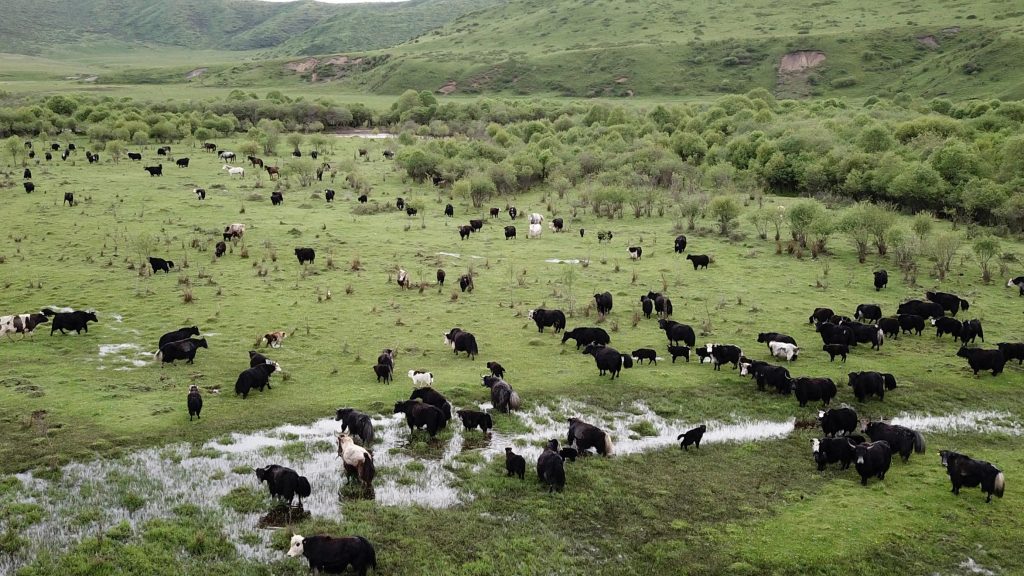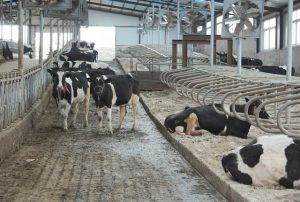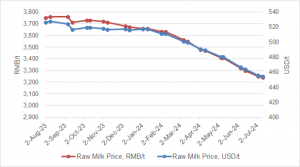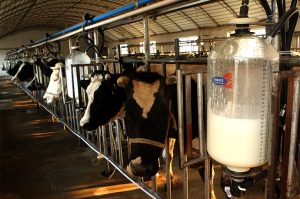
The discovery made at the Gongthang Ruin site indicates that milk was consumed by people who lived on the Tibetan Plateau millennia ago.
Details of the survey were presented in a thesis “The Early Milk Consumption on the Tibetan Plateau”, that was published online in Science Bulletin magazine on Jan 20.
The research notes that the Tibetan people developed unique dietary traditions, much different from those followed in the plains, “to compensate for energy loss and oxidative stress”.
Red meat, including beef and mutton, was the staple food on the plateau, offering the human body an abundant source of protein and fat to maintain its metabolic functions.
Dairy products from cattle helped relieve the hardening of the arteries, caused by excessive meat consumption, and replenished antioxidants, probiotics and various nutrients, the study said.
In prehistoric times, dairy products may have been a part of the daily diet in pastoral communities, but no direct evidence had been found in high-elevation areas until now, except for some clues in the form of visible food remains, it noted.
The survey was jointly conducted by several Chinese academic institutes, including the Institute of Tibetan Plateau Research of the Chinese Academy of Sciences, Lanzhou University, the University of Science and Technology of China, the Cultural Relics Conservation Institute of the Tibet Autonomous Region, Northwest University and the Institute of Archaeology of the Chinese Academy of Social Sciences.
The Gongthang Ruin site is located 4,000 meters above sea level on the left bank of the Shangchu River, one of the tributaries of the Yarlung Zangbo River. The site was discovered during the second comprehensive scientific expedition to the Qinghai-Tibet Plateau in 2019.
Two sections of the site were studied during the survey, and the dating results of plant remains found there showed that the age of the site was 3,000 years. Pieces of artifacts, such as pottery remains, were collected and six of them were analyzed for lipid residues.
Yang Xiaoyan, a professor at Lanzhou University who was part of the scientific expedition, said the time of the milk residue at Gongthang Ruin coincides with the domestication of herbivores, agriculture and animal husbandry at the Qugong archaeological site in Lhasa and the Bangga site in the region’s Lhokha city.
“It may imply that on the Tibetan Plateau, the development of milk as a secondary product occurred at the same time as the utilization of primary animal products, such as meat,” she said.

























